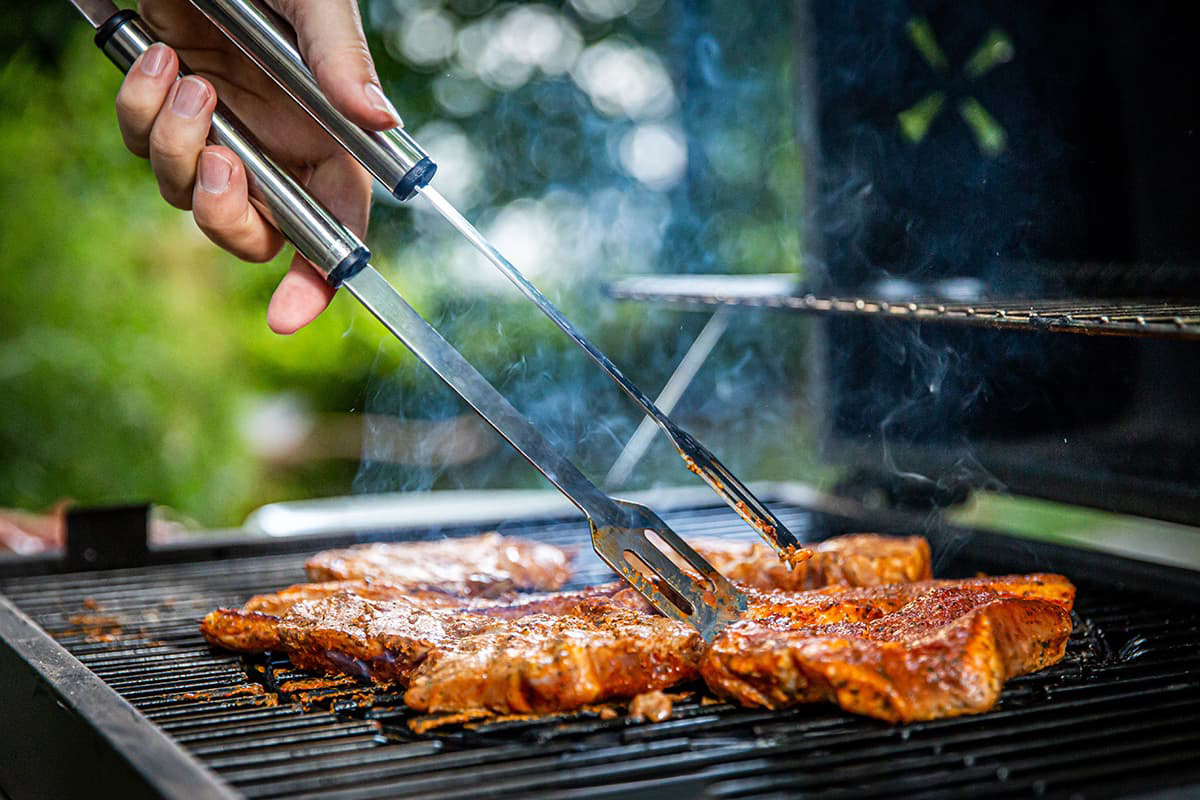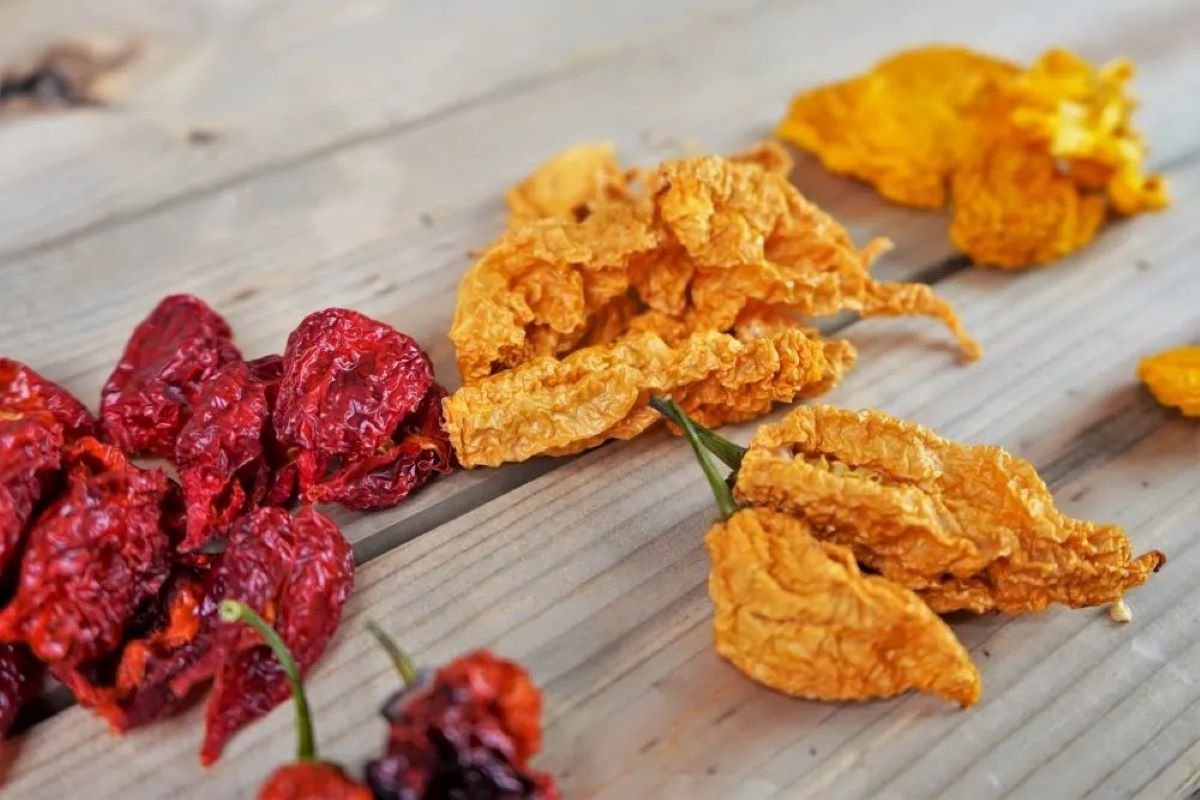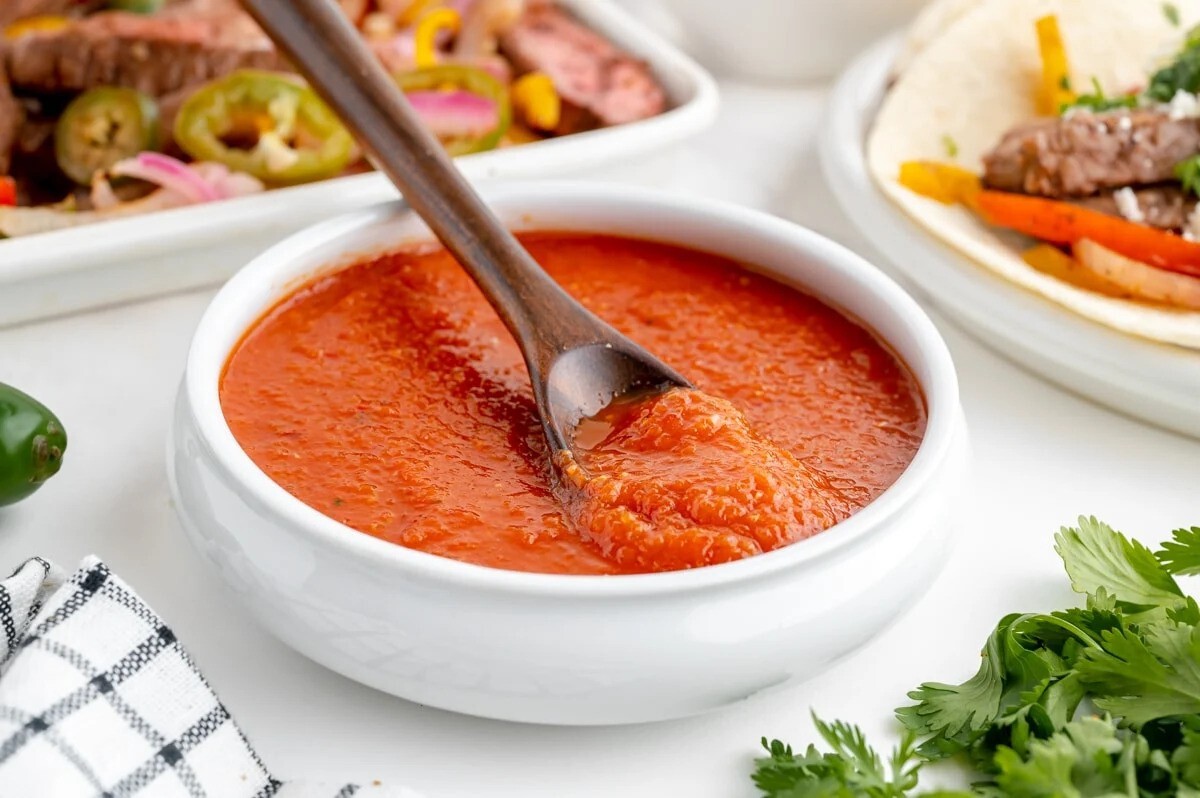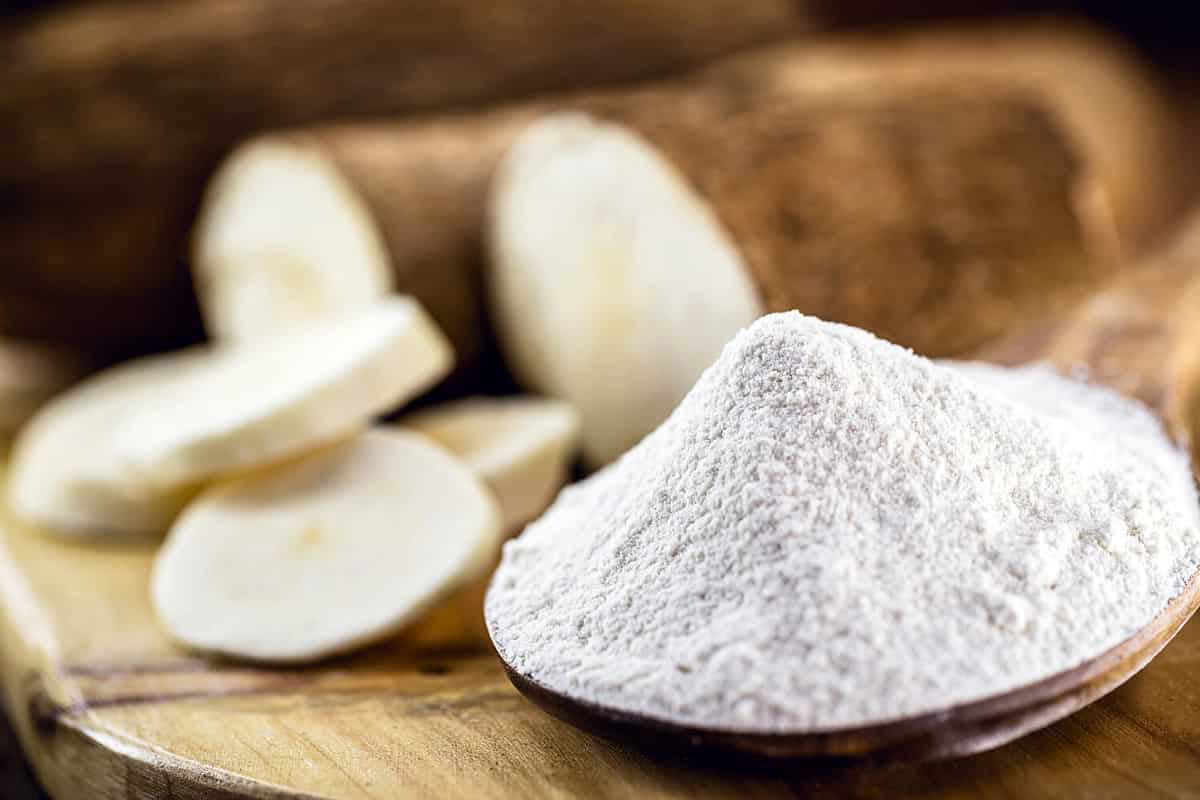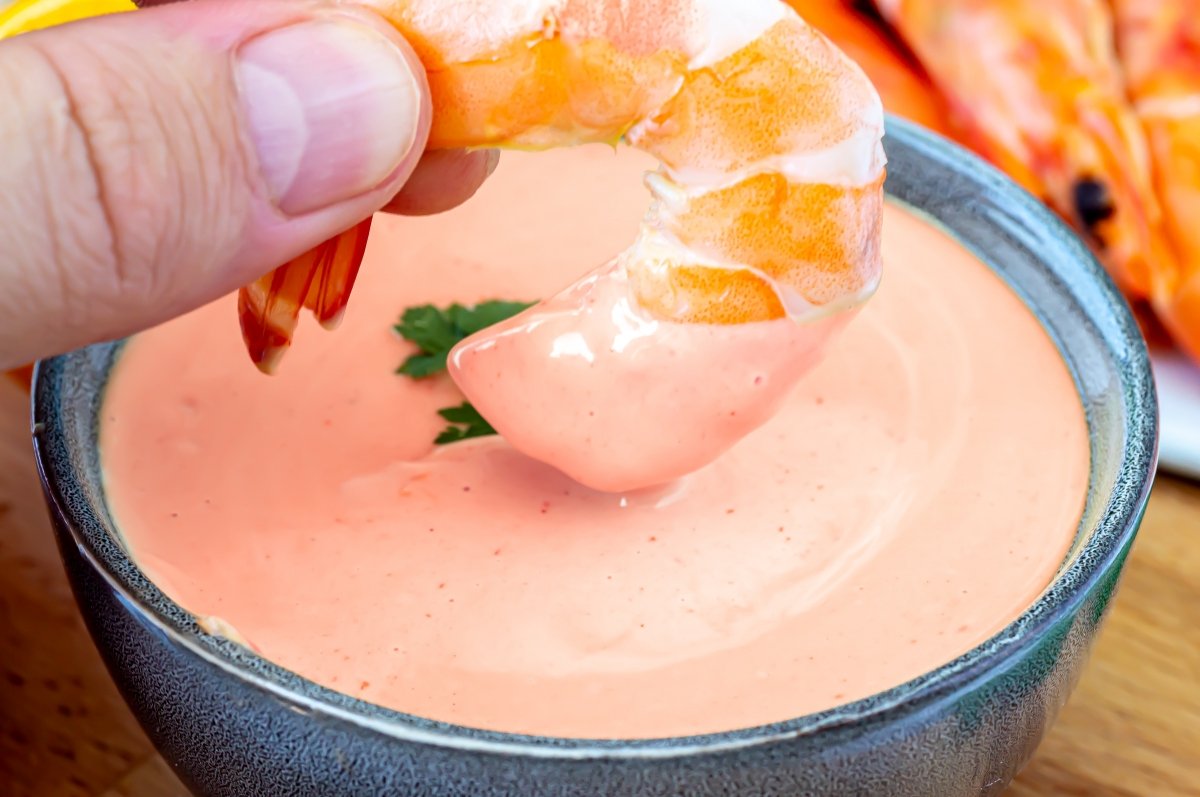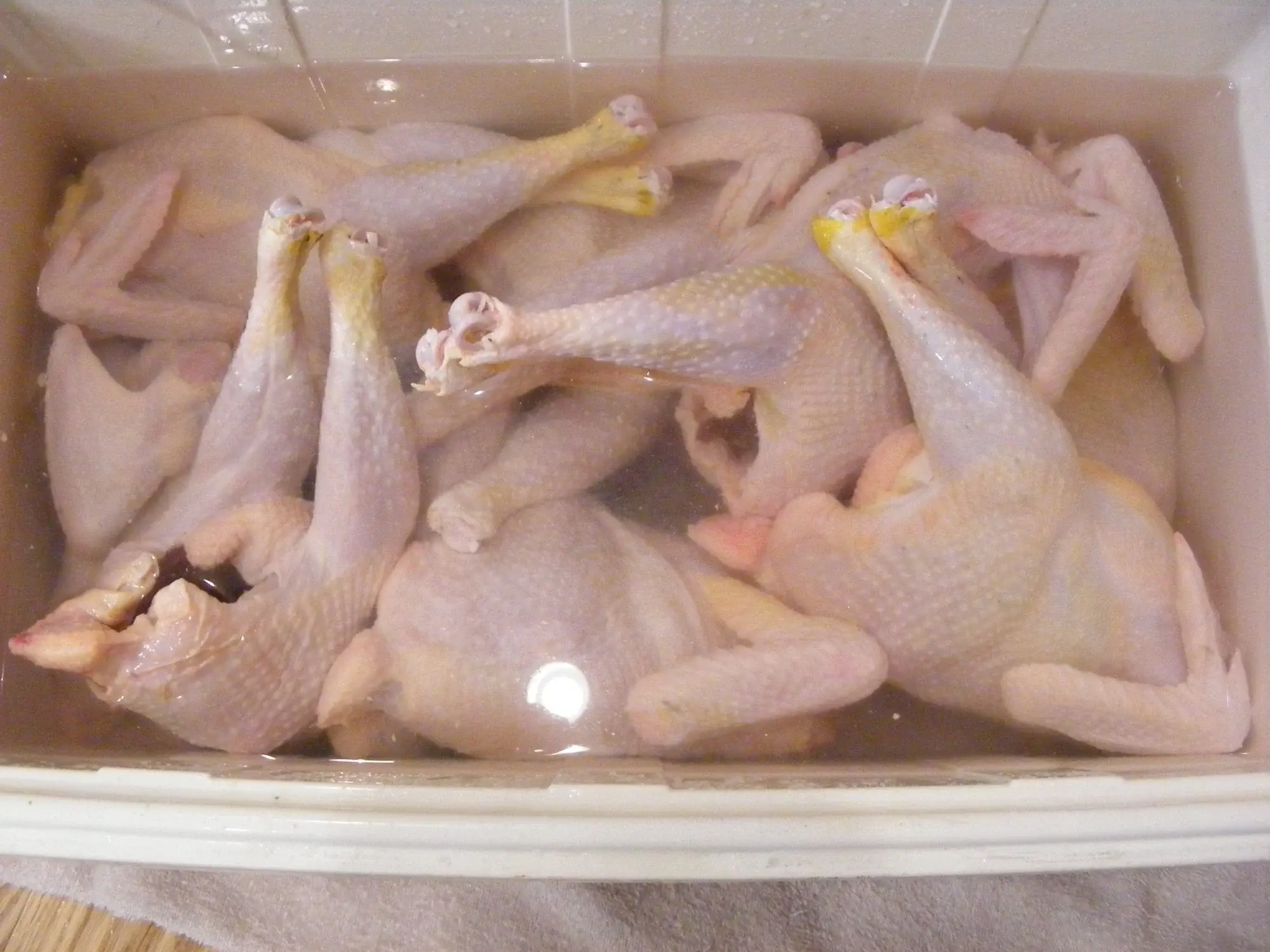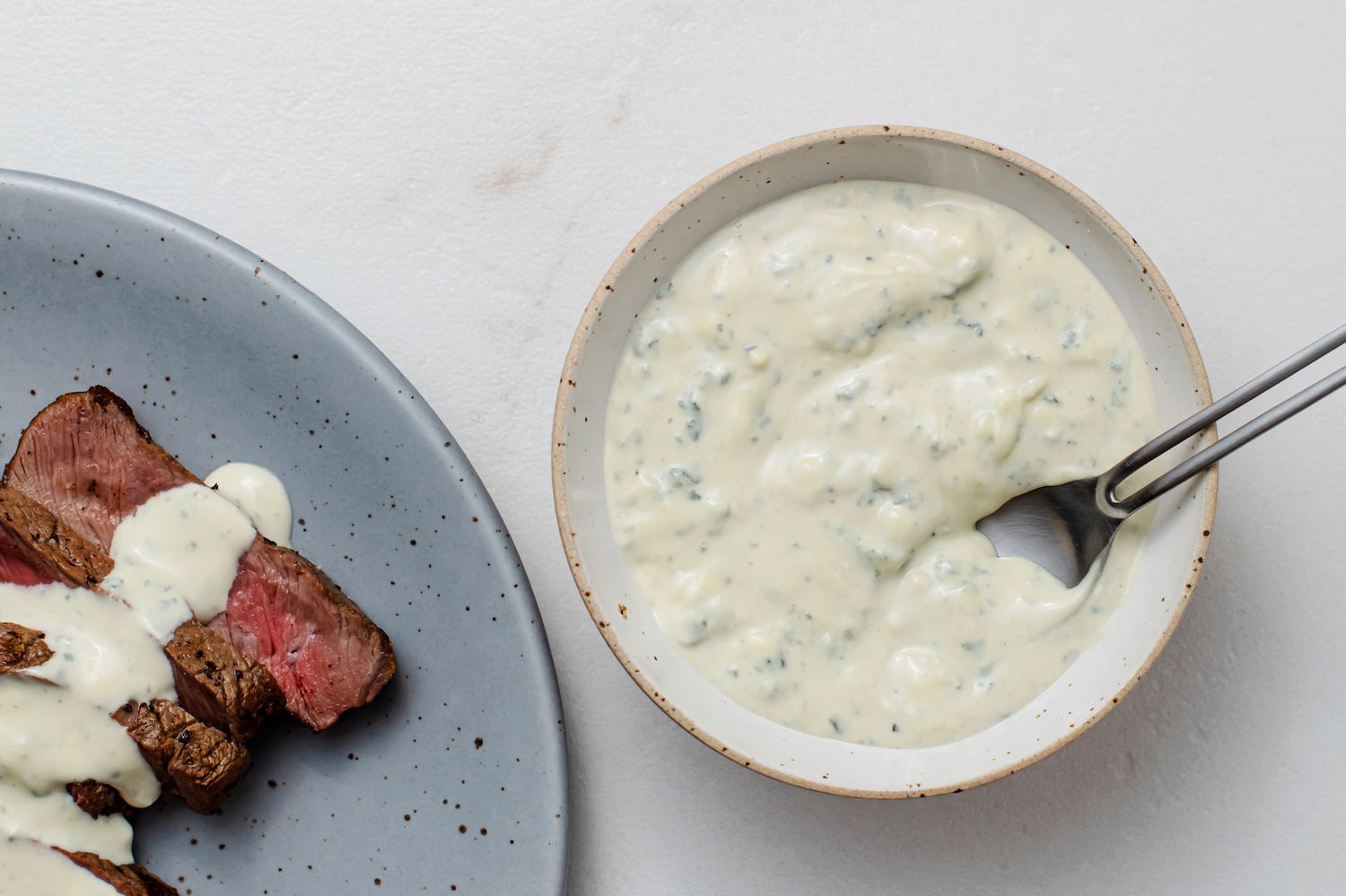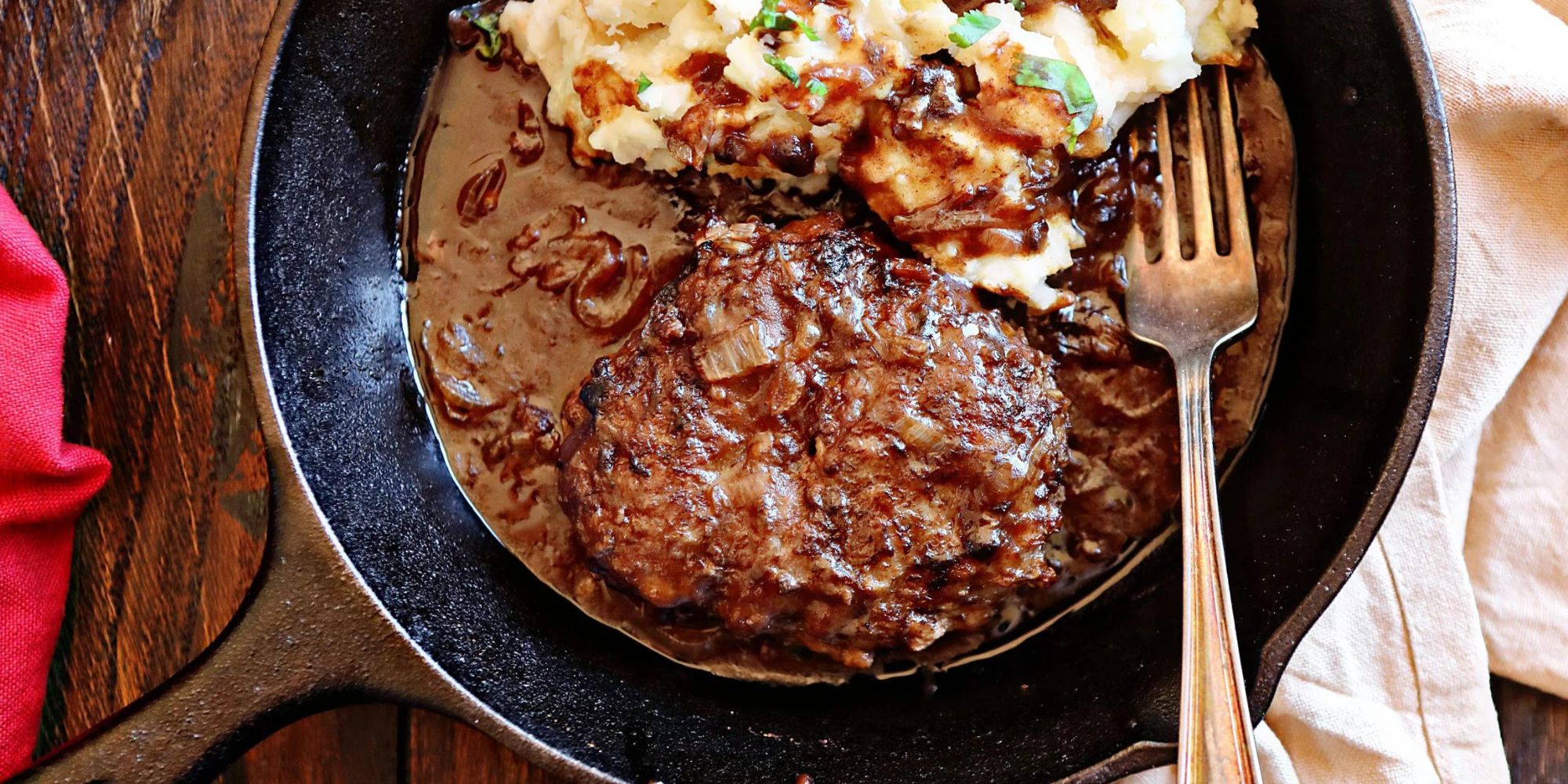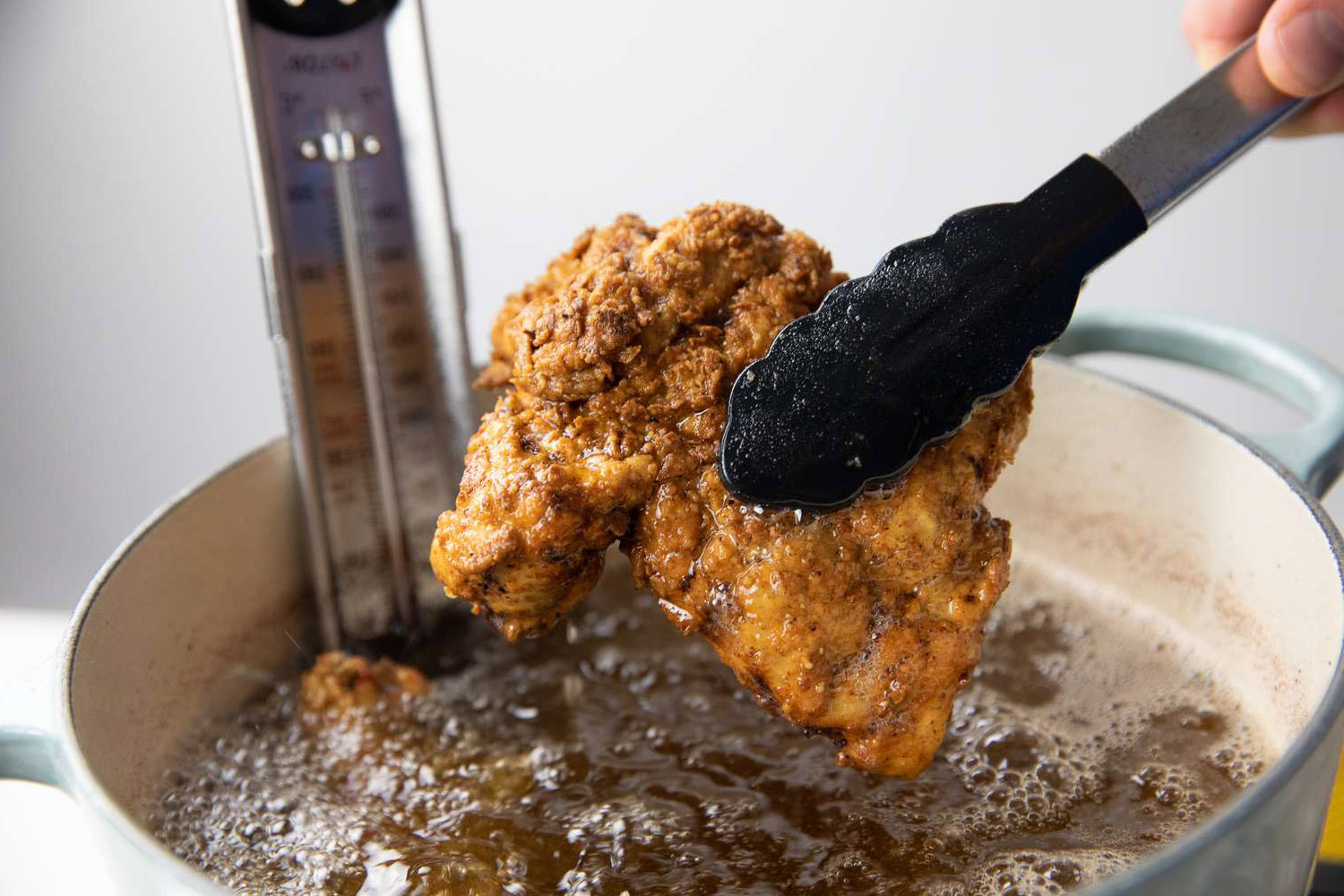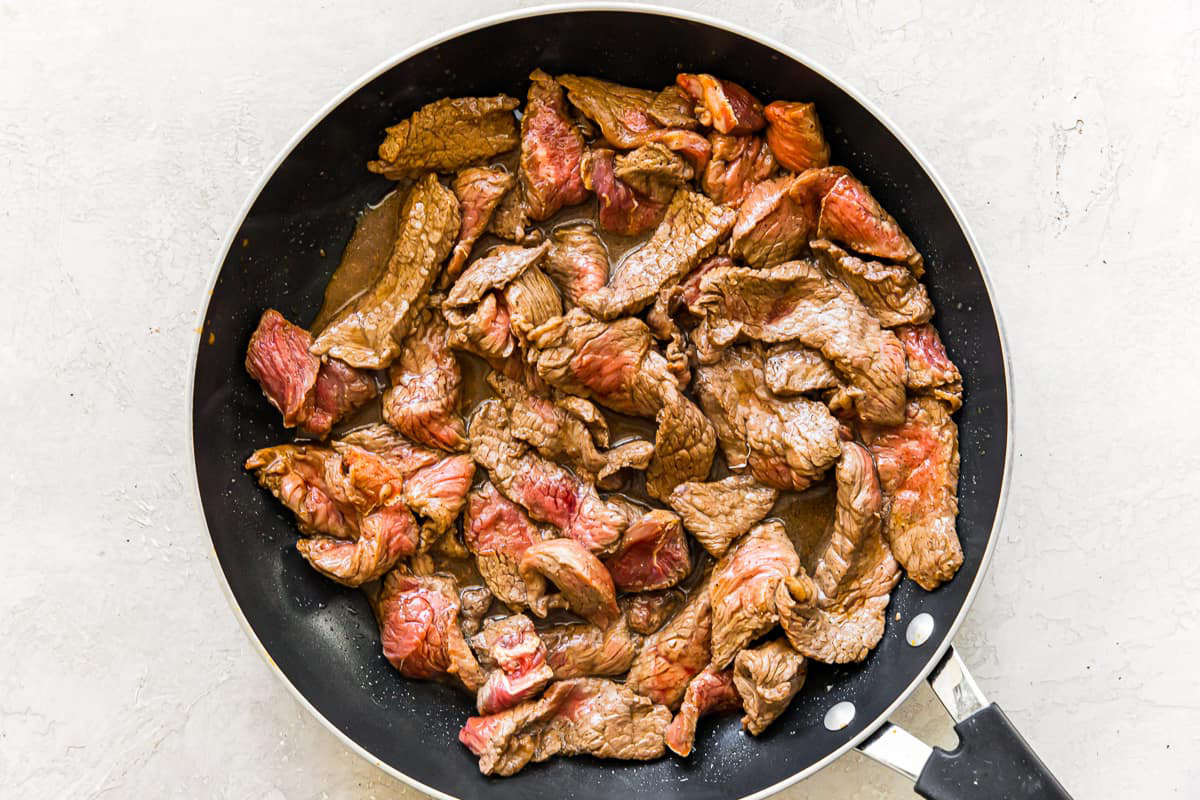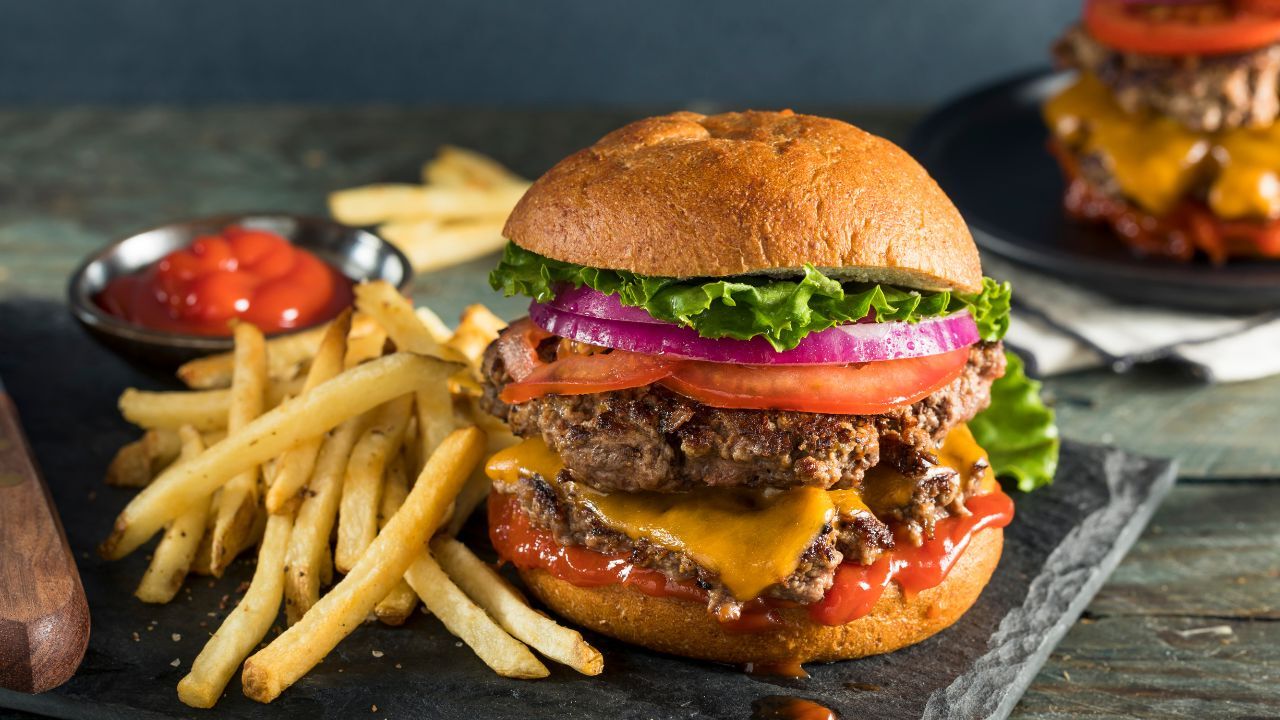Understanding Shortening: A Versatile Ingredient in Baking
When it comes to baking, there are a plethora of ingredients that play a crucial role in the outcome of your baked goods. One such ingredient that is commonly used in baking is shortening. But what exactly is shortening and how does it contribute to the delicious treats that come out of your oven? Let’s delve into the world of shortening and uncover its secrets.
What is Shortening?
Shortening is a type of fat that is solid at room temperature and is commonly used in baking to create tender and flaky textures in various baked goods. It is typically made from vegetable oils, such as soybean, cottonseed, or palm oil, which are hydrogenated to make them solid. This process gives shortening its smooth and creamy texture, making it easy to blend into flour and other ingredients.
Types of Shortening
There are two main types of shortening available in the market:
- Vegetable Shortening: This type of shortening is made from vegetable oils and is a popular choice for baking due to its neutral flavor and ability to create tender pastries and flaky pie crusts.
- Butter Shortening: Butter shortening is a blend of butter and vegetable oil, which gives it a rich flavor and the ability to create delicate and flavorful baked goods.
Uses of Shortening in Baking
Shortening serves several important purposes in baking:
- Texture: Shortening helps create a tender and crumbly texture in baked goods, such as cookies, biscuits, and pie crusts.
- Flakiness: When used in pie crusts and pastries, shortening helps create a flaky and light texture, resulting in delectable treats.
- Moisture: Shortening helps retain moisture in baked goods, keeping them soft and fresh for longer periods.
- Leavening: In some recipes, shortening can contribute to the leavening process, helping baked goods rise and achieve a light and airy texture.
Substituting Shortening
If you find yourself in a situation where you need to substitute shortening in a recipe, there are several alternatives you can consider:
- Butter: Butter can be used as a substitute for shortening in many recipes, especially if you’re looking for a richer flavor in your baked goods.
- Coconut Oil: For a dairy-free option, coconut oil can be used as a substitute for shortening, adding a hint of coconut flavor to your baked treats.
- Vegetable Oil: When a recipe calls for melted shortening, vegetable oil can be used as a substitute, though the texture and flavor of the final product may vary slightly.
In Conclusion
Shortening is a versatile ingredient in baking, playing a crucial role in creating the textures and flavors we love in various baked goods. Whether you’re making flaky pie crusts, tender cookies, or delicate pastries, shortening is a valuable addition to your baking arsenal. Understanding the role of shortening and its potential substitutes can help you navigate your way through the world of baking with confidence and creativity.
So, the next time you reach for that tub of shortening, remember the magic it brings to your baked creations and experiment with different recipes to explore its full potential.
Was this page helpful?
Read Next: What Is Sugo?
